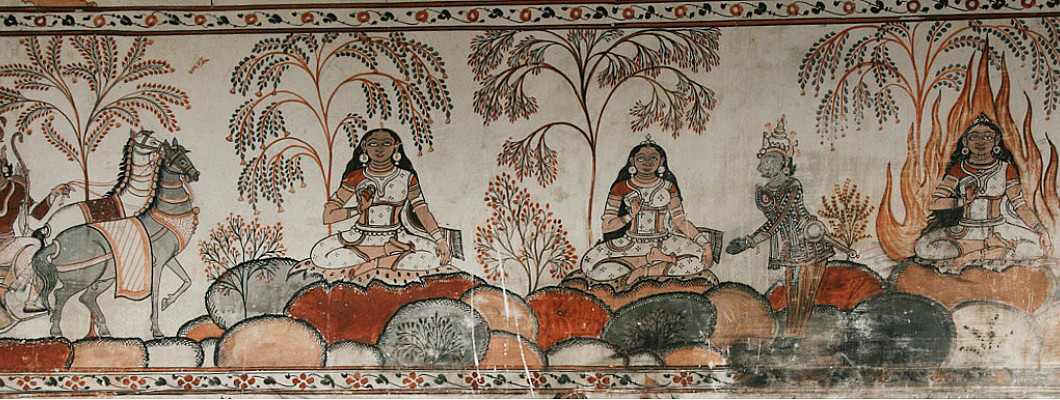
Odisha, often referred to as the "Land of Temples," is renowned for its deep cultural heritage. The famous crafts of Odisha are deeply rooted in religious and social customs, particularly those associated with Lord Jagannath. Beyond temple traditions, Odisha’s diverse tribal communities, especially in the western regions, have preserved a rich legacy of living crafts, which is evident in their vibrant weekly markets that showcase their artistry and way of life.
1. Pattachitra
Pattachitra is derived from the Sanskrit words “Patta” and “Chitra” which collectively mean “Paintings on cloth”. The craft revolves around the cult of Lord Jagannath of Puri. Primarily, during the absence of Lord Jagannath in Puri, these paintings were placed as substitutes at the Jagannath temple with idols of Lord Jagannath, Lord Balabhadra and Maa Subhadra for a period of 15 days which the devotees would worship. Since the Pattachitra has its origin in the Jagannath temple, the triad and the great cult have always been the main themes of the Pattas. The Odissi dance form, temples and monuments have a strong influence on depictions in the paintings. Even today, a journey to Puri is incomplete unless the pilgrim take back some Yatri patis (souvenirs paintings) of Lord Jagannath. Pattachitra is also used to decorate Ganjifa playing cards and to decorate carts during Rath Yatra.
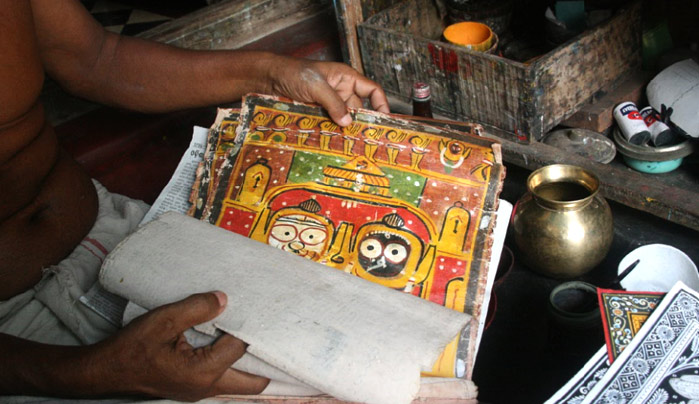
2. Stone carving of Bhubaneshwar
In Bhubaneswar, skilled stone artisans craft religious symbols, luxury items, and intricate artworks, using stones from hard granite to soft sandstone. From ancient times, humans extensively used three materials: wood, clay, and stone. When it comes to durability, stone is the most preferable option. Stone carving is a profound handicraft tradition that has left an indelible mark on the cultural and architectural heritage of Odisha. Temples like Parsurameswar, Mukteswar, Lingaraja, and the Jagannatha Temple, with their intricate stone carvings, stand as a testament to the artistry passed down through generations. The Konark Sun Temple, a wonder in stone, showcases detailed carvings depicting various facets of life. Additionally, stupas and monasteries like those in Lalitagiri, Ratnagiri, and Udayagiri preserve the sculptural traditions of the artisans’ forefathers.
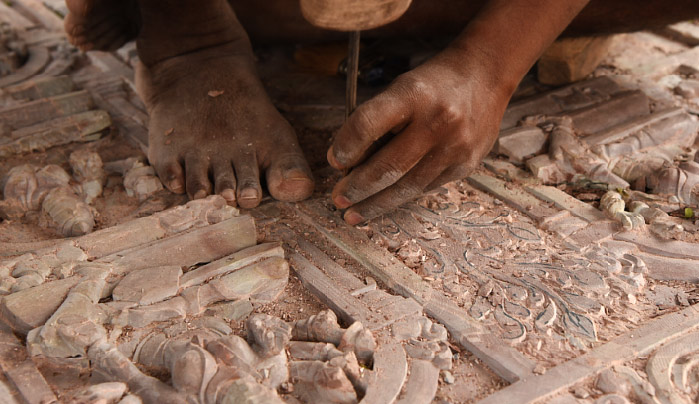
3. Applique of Pipli
All houses and shops along the roads of Pipli have beautiful appliqué work, in the making or on display, all giving out a loud burst of colour.
As with many other handicrafts of Odisha, the roots of the appliqué art/craft form are intertwined with the rituals and traditions of Lord Jagannath. The significance of Pipli appliqué lies in its strength, allowing it to withstand strong sunlight, wind, or rain. Items like Chhati (umbrella) and Jhalar (a decorative piece), are most popular in Pipli. It is also used in making seats and pillows for the deities and their ritual dresses. It is most prominent in the cloth cover of the three chariots of the presiding deities in which they travel every year during the Ratha Yatra. Small appilique pouches are very popular among village folk for keeping materials for ‘pan,’ such as betel leaf, areca nut, lime, etc., as well as for keeping money. Another traditional item is ‘Sujnis’ or embroidered quilts.
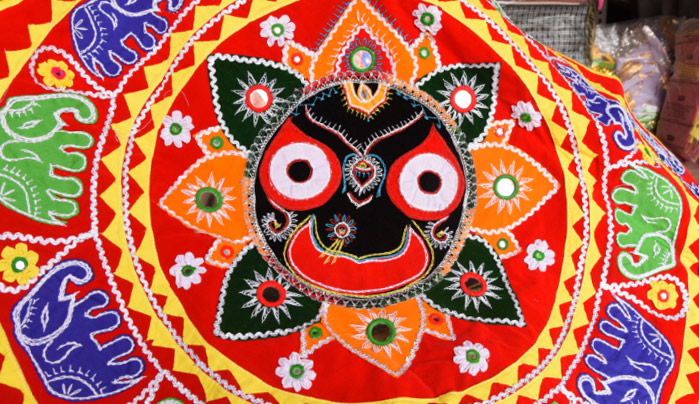
4. Rath making of Puri
The Raths of Puri are created specifically for the Rath Yatra festival for the presiding deities of the Jagannath Temple, Puri’s main temple, Lord Jagannath, Lord Balabhadra and Goddess Subhadra with their chariots namely ‘Nandighosa’, ‘Taladhwaja’ and Darpadalana.’ This festival is celebrated every year on the second (dwitiya) day of shukla pakhya (waxing cycle of moon) of Ashadha Maasa (3rd month in Lunar Calendar). Built over 58 days by skilled artisans, these chariots reflect Odisha’s rich heritage. Bright reds, yellows, and greens contrast with deep blacks and blues, decorated with floral motifs and temple designs. Garlands and thermocol flowers add to their splendor, making the Rath a powerful symbol of Odisha’s culture and devotion. It is said that the chariot resembles the body of the deity and the icons/figurines of the deity placed inside the chariot resembles the soul of the deity.
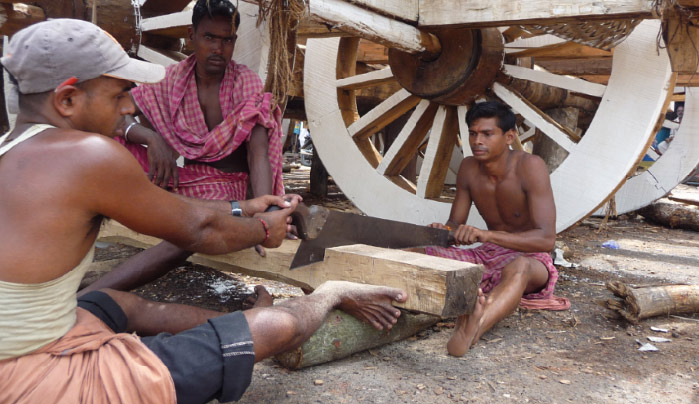
5. Dongaria Shawl of Khajuri
“Dongaria Kondh” is a tribe from khajuri village, that lives on the hills of Niyamgiri. They worship the Dongar(mountain) from which the Dongaria kondh derive their name, along with the Dharini(earth). The Dongaria kondh is a very unique community whose distinctive identity is evident in the language, expertise in agro-forestry and customary practises. The kondh tribe speak two languages namely “kuyi” and “kuvi”, vocabulary which is completely unrelated to odiya, the state’s official language. The dongaria shawl is called kapda gonda.
The weaving of the shawl and the embroidery of the shawl were traditionally done by the tribe itself. However, the tribe is currently just doing Shawl embroidery. Women of the Dongria Kondh community, a hill tribe in Odisha, embroider their creation myth of Niyamraja on thick handwoven cotton shawls in bright vivid colors depicting their dongars (hills) and fields which acts as a major source of inspiration for the motifs used in the embroidery. Some other motifs of the embroidery are Hippa (veins of leaf), Vatta (food grains), and Kanka(sun). Dongaria shawls are embroidered by using mainly four colours green, red, yellow, and brown. The kapda Gonda shawls not only serves monetary but important cultural significance to the community.
6. Silver Filigree of Cuttack
Filigree is an ancient and intricate metal craft that weaves fine silver and gold wires into delicate lace-like designs. Believed to have originated in Mesopotamia and Egypt around 2500 BC, this art spread to Asia and continues to thrive in India, particularly in Cuttack, Odisha, where it is known as "Cuttacki Tarkasi." More than a hundred families in the region are dedicated to this craft, creating stunning jewelry, idols, and decorative objects. Unlike carving or molding, filigree involves shaping hair-thin wires, carefully soldering them to form intricate patterns inspired by temples, deities, flora, and fauna. The process requires exceptional precision, as craftsmen twist, curl, and weave up to ninety different wire designs to create mesmerizing motifs. Traditionally patronized by royalty, filigree has faced challenges over time but remains admired worldwide for its exquisite artistry. From jewellery to ornate utility items, this craft transforms silver into extraordinary works of beauty, keeping its timeless charm alive.
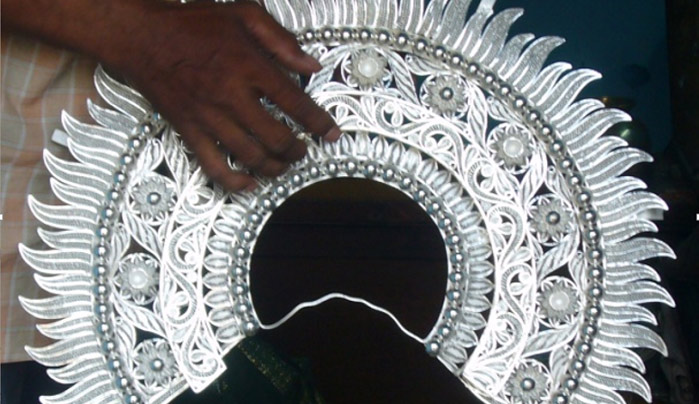
7. Sakhi Kandhei of Kendrapara
Sakhi Kandhei, also known as Kundhei Nach, is a traditional string puppetry performance from the Kendrapara district of Odisha. This art form is primarily practiced by local artists in and around Palakana, a small village where many puppeteers, often poor farmers or small shop owners, reside. These performers trace their ancestry to the warrior caste (Rajputs) and believe they migrated from Vrindavan, Krishna’s birthplace, over two centuries ago. The puppetry exclusively depicts the Sakhi Nach, a performance centered around Krishna, Radha, and the cowherd girls, narrating their playful and romantic tales. The wooden puppets used in the show consist of three parts—the head and two hands, each with holes to insert fingers. These pieces are connected and dressed in long-sleeved garments to conceal the joints. Strings attached to the thumbs, limbs, and other body parts are manipulated to create rhythmic gestures that bring the stories to life. Expressions and movements are controlled by pulling the strings, portraying narratives from ancient and contemporary social themes. A group of musicians accompanies the performance, providing background narration and music to enhance the storytelling.
8. Gopalpur weaving
Gopalpur is a well-known hub for Tussar fabric, locally called Thana. It is the largest Tussar fabric-producing cluster in the state, with a weaving tradition dating back approximately 400 years. The craft's origins are linked to the 16th-century religious movement led by Saint Chaitanya, who travelled to Puri, spreading the concept of bhakti (devotion) to Lord Krishna. Thousands of his followers, many from the weaver community of Nadia (West Bengal), accompanied him. On their return, some devotees settled in Jajpur, particularly in Gopalpur, where they continued their weaving tradition. They received patronage from local merchants and the regional king, leading to the growth of the weaving community. Between 1900 and 1912, more weavers from Shantipur and Nadia migrated to Gopalpur, further strengthening the cluster.
Initially, Gopalpur artisans wove cotton sarees using 20s, 26s, and 40s count cotton, branded as Gopalpur Saree. However, the 1972 super cyclone devastated the cluster, destroying looms, homes, and infrastructure while also increasing yarn prices and wages. Unable to sustain cotton weaving, the weavers found support from Mihir Sen and Prabir Sen, who established an export company in the region. They encouraged the shift to Tussar fabric, which offered better earnings. Additionally, the easy availability of Tussar cocoons and yarn from Chhattisgarh, and Jharkhand facilitated this transition, making Gopalpur a key center for Tussar weaving.
A significant aspect of Gopalpur weaving is Tani Jodiba, the intricate process of seamlessly joining the warp ends from a finished saree to a new warp on the beam. This meticulous technique ensures continuity in weaving, showcasing the skill and precision of Gopalpur’s artisans.
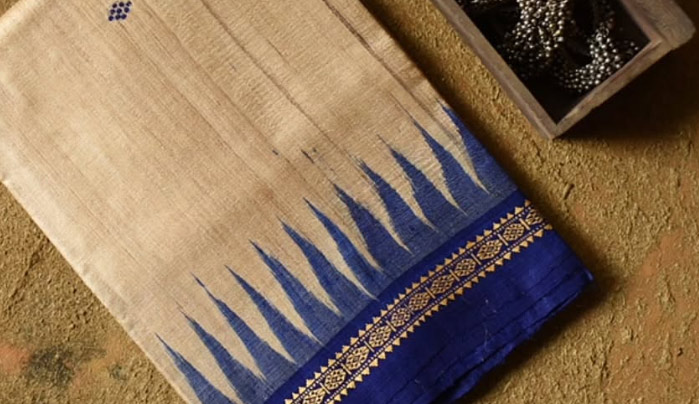
9. Kotpad handloom fabric
Kotpad handloom fabric was the first product from Odisha to receive the Geographical Indication (GI) tag in 2005. Located 70 km from Koraput, Kotpad is a small but significant handloom cluster where the Mirgan community specializes in plain weave fabrics using aal-dyed yarns. This traditional craft holds an important place in the Indian handloom industry.
Surrounded by the dense forests of Malkangiri and Umerkote, Kotpad benefits from a favorable climate that supports the growth of aal trees, essential for natural dyeing. The Mirgan weavers have been creating textiles for the nearby hill tribes of Odisha since the 3rd century. They source thick, rough cotton yarn from Jagdalpur in Chhattisgarh and Sambalpur in Odisha, dyeing them in various shades of red—ranging from brick red (Jyotilancha) to deep maroon (Jyotilghir), and occasionally chocolate brown (Kala), using aal roots.
The men weave these yarns using a three-shuttle weaving technique, incorporating extra weft to create motifs inspired by nature. These motifs, often symbolic, include flowers (phool), leopards (cheeta), snakes, and leaves. Traditionally, the designs were bold and tribal, but over time, finer and more detailed motifs have also been introduced.
Kotpad sarees, known as patas, are short in length, extending from the elbow to the forefinger. They are worn in two parts—one draped as a skirt and the other wrapped over the shoulder and secured with a knot.,For the Mirgan community, Kotpad handloom weaving is a vital part of their heritage, providing both livelihood and cultural identity while preserving their traditional craftsmanship and deep bond with nature.
10. Sambalpuri Ikat
Sambalpuri Ikat weavers are spread across several districts of western Odisha, including Bargarh, Sambalpur, Balangir, and Sonepur. Locally known as Bandha Kala, the craft involves two main processes—Bandha (tie-dye) and Buna (weaving). Traditional motifs commonly featured in these weaves include the charkha (wheel), shankh (conch shell), phul (flower), and matsya (fish). The sarees are often named based on their cultural significance, such as Panchabati, inspired by the forest where Lord Rama spent his exile, and Konark Charkha, representing the wheel of the chariot at Konark Temple.
The weaver community is categorized into three groups: Kuli, a middle-class group with moderate skills; Kosta, who break away from traditional methods and experiment with new designs; and Bhulia, the most skilled artisans specializing in intricate tie-dye weaves in both cotton and silk. The legacy of Odishan Ikat is reflected in historical sculptures, with draped garments resembling Ikat patterns seen on figurines at Konark Temple. Similar patterns can also be observed on the statues of Ganga and Jamuna in Chandi Mandir at Saintala, highlighting the craft’s deep historical roots. The weavers of Sambalpuri Ikat handloom are spread over different districts of Western Odisha, majorly in Bargarh, Sambalpur, Balangir and Sonepur districts.
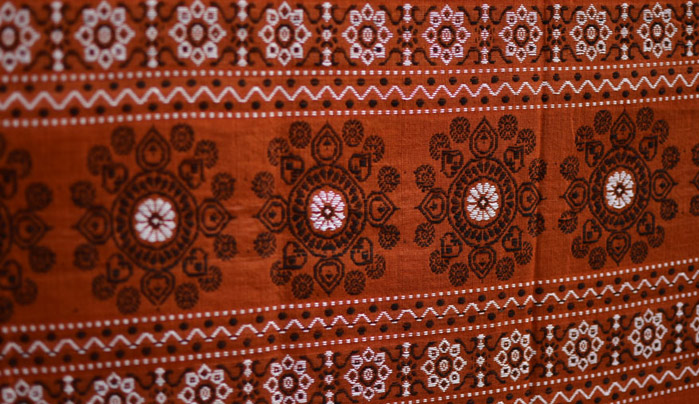

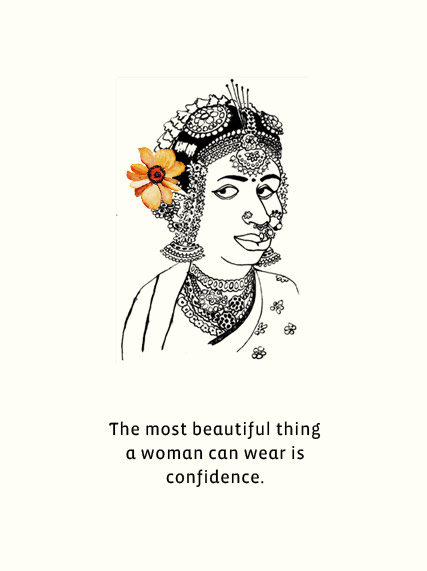

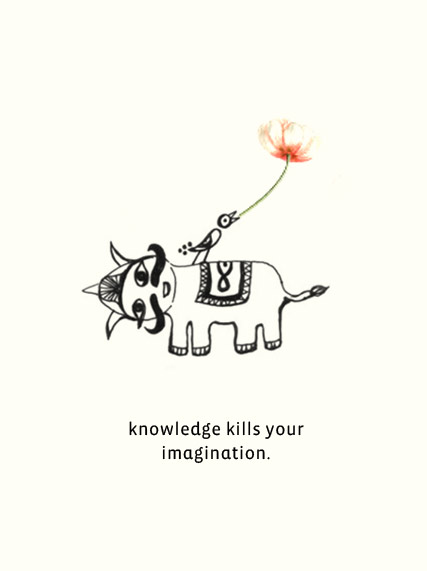

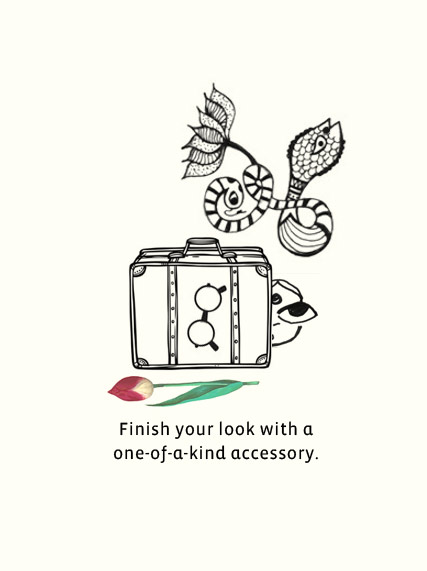
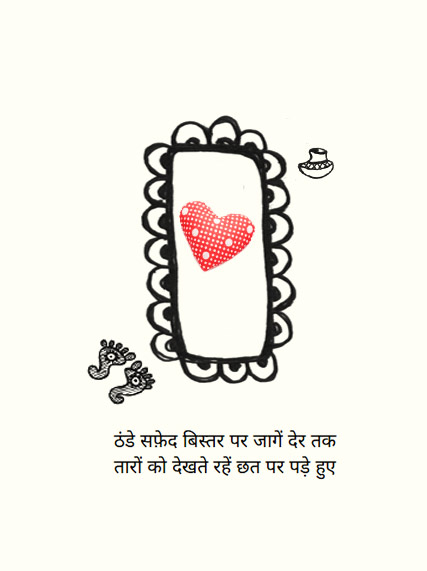



Leave a Comment